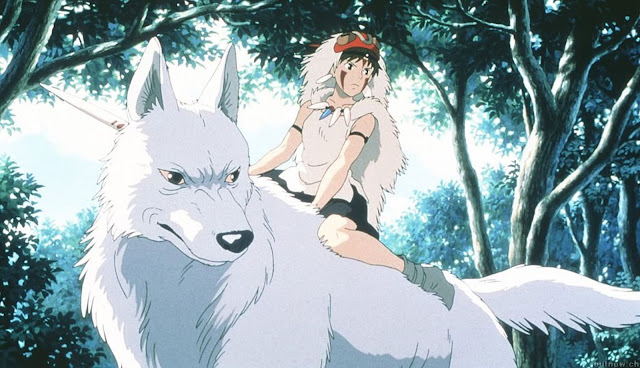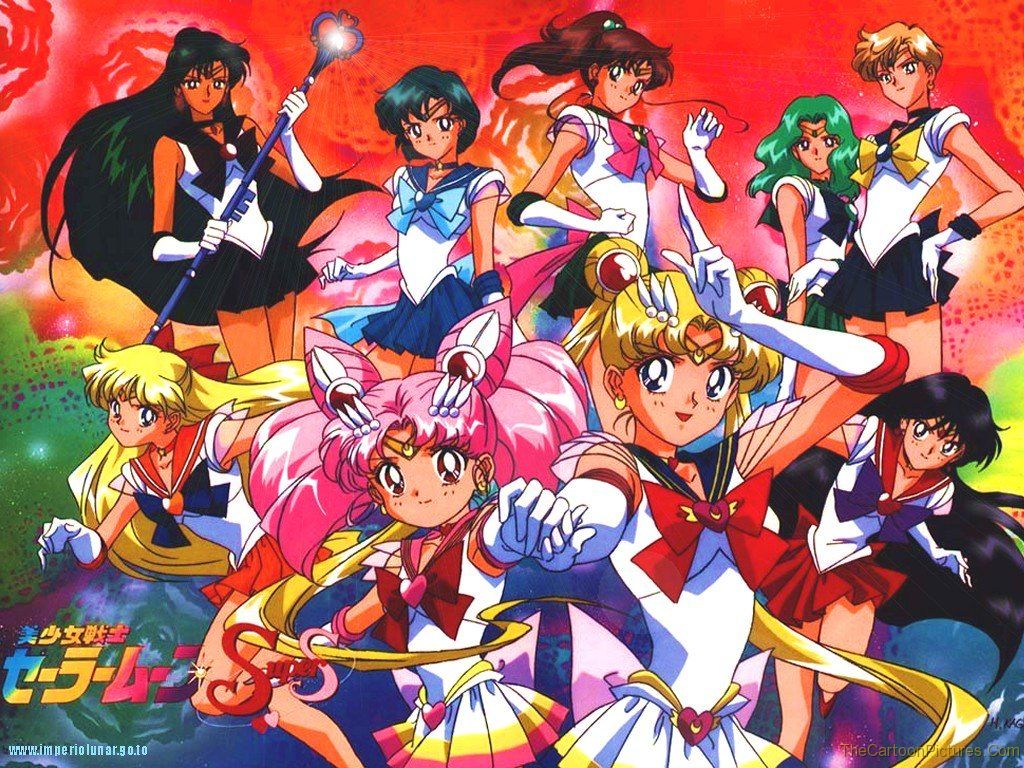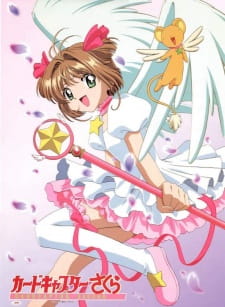There is no doubt that Animation is one of the most popular genre through the world, especially Japaneses animation is in the core of its popularity. Only by looking at this circumstance, it could easily make to think that perhaps Animation originally starts from Japan or some other Asian countries. At least I do think like that. Lent (2000), however, well summarised the original influences of Asian Animation through the following vignette:
In 1923, the four Wan brothers, credited with starting animation in China, sat in a Shanghai
theatre enraptured by three American cartoons shown that day. Forsaking any luxuries and most necessities, the Wans for the next three or four years devoted nearly all their time and money to learn animation, strictly by experimentation and imitation. eir first work, and China’s first animation, Uproar In An Art Studio (1926) was much influenced by the American style, using the concept of the Out Of e Inkwell series by the Fleischer brothers. In the Wans’ version, a painted figure on an artist’s canvas comes to life and commences to play with the brushes and paints when the painter leaves the room. Admitted admirer of the cartoons of Dave and Max Fleischer, as well as the characters Mickey Mouse and Felix the Cat , the Wans al so were inf luenced by Chinese shadow puppet theatre and Beijing Opera, the latter subsequently inspiring Wan Laiming’s Havoc In Heaven (1961).
theatre enraptured by three American cartoons shown that day. Forsaking any luxuries and most necessities, the Wans for the next three or four years devoted nearly all their time and money to learn animation, strictly by experimentation and imitation. eir first work, and China’s first animation, Uproar In An Art Studio (1926) was much influenced by the American style, using the concept of the Out Of e Inkwell series by the Fleischer brothers. In the Wans’ version, a painted figure on an artist’s canvas comes to life and commences to play with the brushes and paints when the painter leaves the room. Admitted admirer of the cartoons of Dave and Max Fleischer, as well as the characters Mickey Mouse and Felix the Cat , the Wans al so were inf luenced by Chinese shadow puppet theatre and Beijing Opera, the latter subsequently inspiring Wan Laiming’s Havoc In Heaven (1961).
It wouldn't be wrong to say that many legendary artists were fascinated and influenced by Disney Animation. It doesn't mean, however, Asian countries were just copying the western style of Animation. Lent (2000) also pointed out that the important point, however, we need to look at is "the
Chinese, perhaps more than any other Asian animators save
those of Japan, were insistent on adapting only those
elements of foreign animation that fit their culture, never
favouring full adoption." (para 10)
As we have already seen "Princess Mononoke" which is wellknown Animation directed by Hayao Miyazaki in the class, it tried to draw the harmony between humankind and nature. Not just producing attractive scenarios of Animation, but also trying to put some strong message in the Animation which means they developed their own style of Animation regarding of cultural aspects. Cavallaro (2006) described the themes of "Princess Mononoke" that is "the fate of ecosystem, the ever-present phantom of war, the evils of totalitarianism and the vicissitudes of self-developmemt." (p 7).
References
Cavallaro, D. (2006). Introduction. In The Anime Art of Hayao Miyazaki (pp.5-13). London: McFarland & Company.
Lent, J. A. (2000). Animation in Asia: Appropriation, reinterpretation, and adoption or adaptation. Retrieved September 4, 2012, from http://www.latrobe.edu.au/screeningthepast/firstrelease/fr1100/jlfr11c.htm








